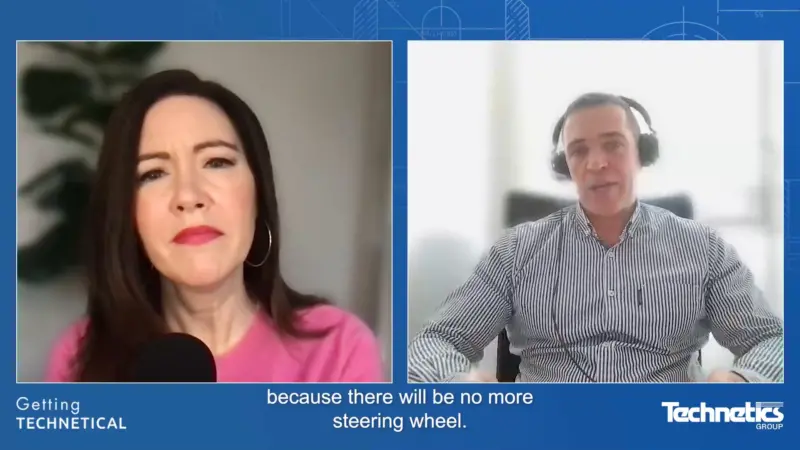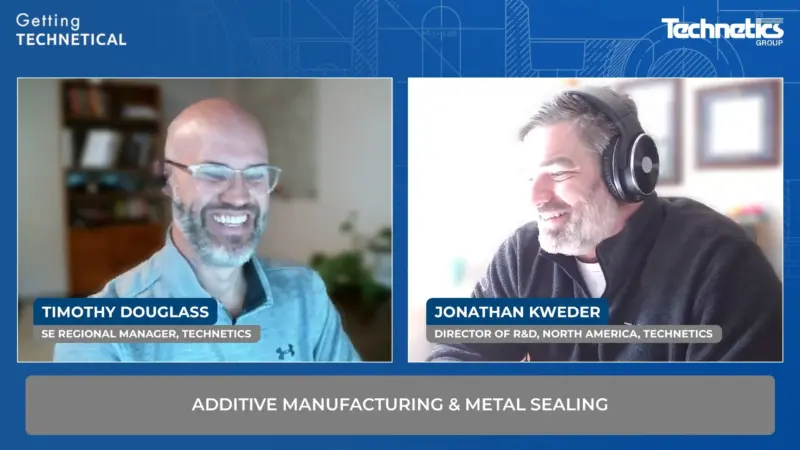The CHIPS and Science Act: What it Means for Semiconductor Manufacturing in the U.S. and Globally with Steven Hill
The CHIPS and Science Act, signed into law on August 9th, is a bipartisan effort to provide federal funding to encourage the construction of U.S. microprocessor manufacturing facilities. Steven Hill, President of Technetics Semi, spoke with Global Semiconductor Alliance’s CEO, Jodi Shelton, on this episode of Thow this law will impact semiconductor manufacturing in the U.S. and globally.
Before the CHIPS and Science ACT, the U.S. lagged behind other major players in the semiconductor industry, countries such as China and Taiwan, something Shelton and Hill hoped would change now that the act is the law. The law provides $39 billion to help fund semiconductor manufacturing in the U.S. “The CHIPS Act is not specific to U.S. companies,” Hill said. “It’s for the key players in the industry. Companies like TSMC and Samsung are included, not only Intel, global foundries, Micron, Wolfspeed will benefit.”
The semiconductor ecosystem is a complex web of innovation and technology that plays a significant role in the world economy, and it’s an exciting time for the U.S. to up its game. “It’s amazing the amount of applications that semiconductor devices go in today,” Hill said. “When you think about EVs and autonomous driving, and you talk about the cloud, the cloud’s enabled by semiconductor devices. So, high-performance computing, data centers, there are so many applications for semiconductor devices.”
Because of all the applications requiring state-of-the-art semiconductors, a more developed workforce is needed to grow this business, predicted to grow to more than a trillion dollars over the next several years. “We have to attract talent to this industry,” Shelton said. “We have to take advantage of being in the spotlight and get those kids in universities focused on an engineering degree, and it’s hard to do that, but we must encourage them. At the end of the day, this is an amazing industry to be part of.”



